5. The Hunger (1983)
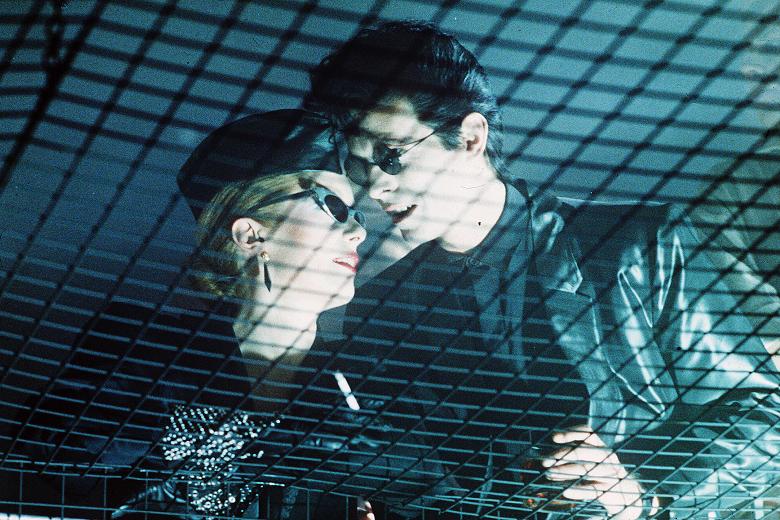
This artful and erotic horror film from Tony Scott (True Romance) can be easily summed up by its unbelievably beautiful and dreamy cast, a Holy Trinity of hotness that define the term “cool” in the form of legendary rock star and immortally bawdy David Bowie, a nubile French New Wave and fashion icon Catherine Deneuve, and sultry sex symbol Susan Sarandon.
The film kicks off with the strands of Bauhaus’s dreamily seductive “Bela Lugosi’s Dead” and the film just keeps getting cooler from there on out. Don’t miss it.
4. Only Lovers Left Alive (2013)
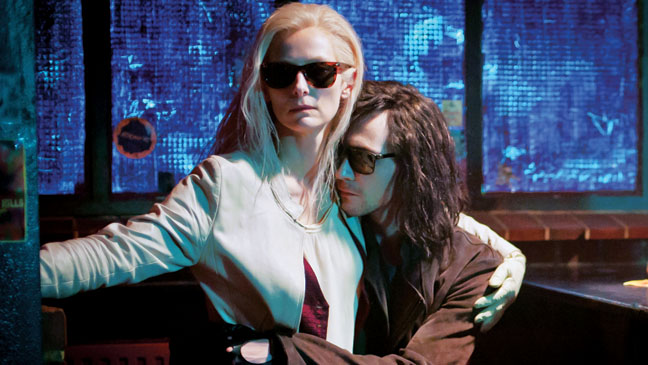
Eve (Tilda Swinton) is one part of an incurably cool vampire couple whose husband, Adam (Tom Hiddleston) is having self-harming thoughts in Jim Jarmusch’s (Mystery Train, Dead Man) impossibly chic shocker, Only Lovers Left Alive. Tough-as-nails and fiercely romantic, this vampire film is full of leitmotifs involving fear, exhilaration, alienation, isolation, creativity, art, music, literature, life, and death. It’s not at all full-on in your face horror, but it does have classic Gothic sensibilities, jets of blood, moments of mortal fear, piercingly sad genuflections, and painfully poignant ruminations on unending love.
More visual than it is verbal, this elegiac and eerie film displays, amongst other things, the wraithlike dissolution of Detroit, the unearthly otherness of Tangier and many amusing and macabre tableaus of the undead, their uncanny mores and their outlandish dwellings. Jarmusch’s soundtrack (which features choice cuts from his musical project SQÜRL, as well as music from Yasmine Hamdan, Jozef van Wissem and Zola Jesus) is artful and eloquent almost to a fault, and there’s something piercingly profound and sad about Anton Yelchin’s performance, tragically one of his last, that adds another mystical layer to his spooky spectacle. Only Lovers Left Alive is a visual spree detailing the haunting harmony of ageless sweethearts in perpetual midnight and it’s marvellous.
3. Nosferatu the Vampyre (1979)
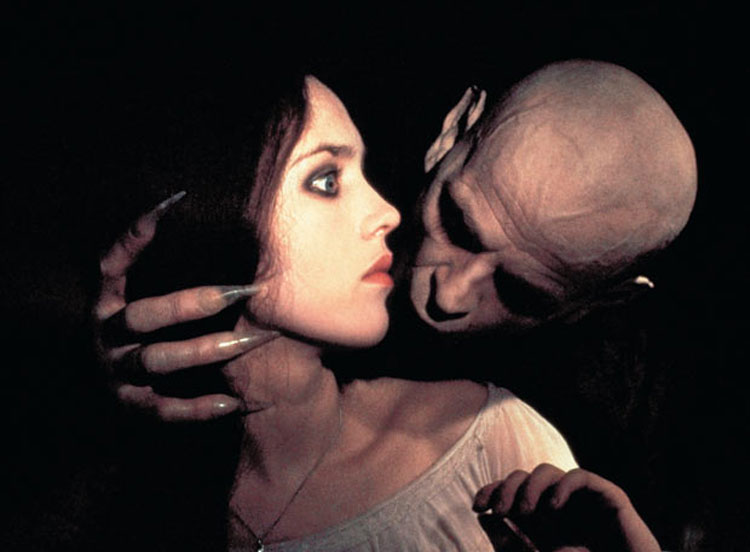
Werner Herzog’s redaction of F.W. Murnau’s 1922 German silent horror classic (listed below in our Honorable Mentions section) is a mesmerizing mindfuck with a terrifying Klaus Kinski in the titular role. With touches of the surreal and some deliberate deviations from the familiar Bram Stoker tale of Dracula and his relocation to a more settled estate, Herzog’s vision is frequently apocalyptic, shockingly cool, and more macabre than you might expect.
Jonathan Harker (Bruno Ganz) is a real-estate agent from Wismar, Germany, who treks through the Carpathian Mountains to tailor the relocation of the despondent Count Dracula from his imposing castle. Once there the Count is instantly infatuated with a portrait of Jonathan’s wife, Lucy (Isabelle Adjani, perfectly cast), and he agrees at once to relocate his estate to Bremen.
Expectedly, things get dark pretty quick and the sparring between Kinski and Adjani is lyrical, fantastical, and frightening. Paced unusually for a horror film, Herzog’s approach is stylish and hypnotic, full with black humor business and slowly scary reveals, there really isn’t another vampire film quite like this eccentric and enduring specimen.
2. Carrie (1976)
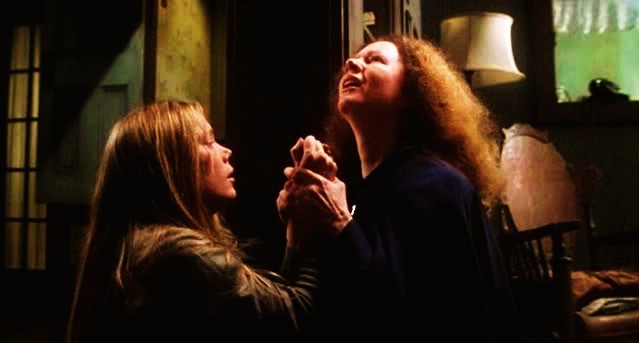
This watershed fright film from Brian De Palma is prestige horror writ large. Teen angst, religious zealotry, melodrama, and household Gothic coalesce with formalist flare, in this supernatural white-knuckler which is also the first and arguably best adaptation of a Stephen King novel.
Wallflower Carrie White (Sissy Spacek) is a religious fanatic’s teenage daughter who starts to display paranormal powers just as her confusion over puberty culminates in unbearable and embarrassing ordeals via the social strata of high school.
The cruelty Carrie suffers via her peers compounds with that which she suffers at home from her abusive born-again mother, Margaret (Piper Laurie). This terrible abuse is a trigger for Carrie’s telekinesis, and can vengeance be far behind? The prom scene is a tour de force of terror and tragedy as De Palma pulls no punches in one of the most riveting climaxes ever captured on film.
This operatic, tragic, and provocative teen revenge-fantasy is a masterclass in narrative panache with a thunderous payoff and an eerie delicacy. She may not be the perfect prom date but Carrie makes for a teasing and sensational night out. Essential viewing for this time of year in particular.
1. Suspiria (1977)
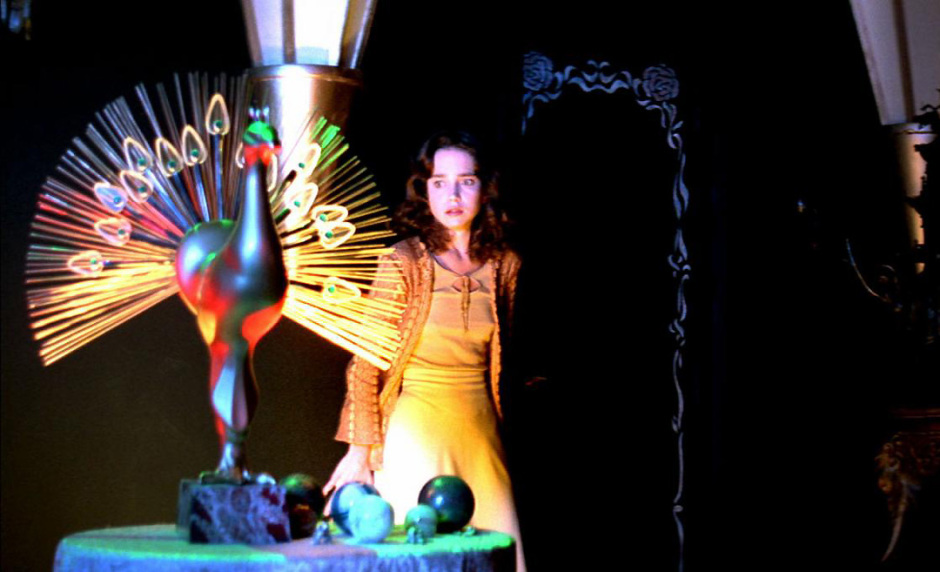
An unforgettable and immersive experience like no other, Italian auteur Dario Argento’s Suspiria is spine-tingling sensory cinema in overdrive. This nightmare fairytale is a delirious masterpiece from its shocking first frames – involving an extreme and impudent double homicide aversion – to its nerve-shattering and literally unforeseeable finish.
Unfolding in the ideal Gothic setting, a menacing European ballet institute called the Tanz Dance Academy –– actually a front for a coven of murderous witches – this is Argento’s most shocking showpiece.
Jessica Harper (Phantom of the Paradise) is perfectly cast as Suzy Bannion, the new American student at the institute who straight away picks up on the bad vibes and hostile gestures going around campus.
Primitive colors, cinematically charged sequences of OTT majesty, appallingly violent deaths delivered with the baroque virtue of a music video dressed in giallo regalia, strange supernatural elements, and Hitchcockian affection. As a solid deposition of auteur theory – Argento is the Sergio Leone of horror cinema – Suspiria is a hypnotic and self-reflexive powerplay of atmospheric terror.
The influential and overpowering soundtrack by Goblin is an absolute devilish delight, and when combined with the visual style on shrewd, manipulative and monstrous display, there really is no other fright film as dazzling, destructive, and ravishingly refined as the original Suspiria.
Honorable Mention: A Girl Walks Home Alone at Night (20014, directed by Ana Lily Amirpour), Assault on Precinct 13 (1976, directed by John Carpenter), Blacula (1972, directed by William Crain), Black Swan (2010, directed by Darren Aronofsky), Blood and Black Lace (1964, directed by Mario Bava), Bram Stoker’s Dracula (1992, directed by Francis Ford Coppola), The Cell (2000, directed by Tarsem Singh), The Company of Wolves (1984, directed by Neil Jordan), Crimson Peak (2015, directed by Guillermo del Toro), Ganja & Hess (1973, directed by Bill Gunn) Get Out (2017, directed by Jordan Peele), Gretel and Hansel (2020, directed by Oz Perkins), Hausu (1977, directed by Nobuhiko Obayashi), In Fabric (2018, directed by Peter Strickland), It Follows (2014, directed by David Robert Mitchell), Mandy (2018, directed by Panos Cosmatos), Near Dark (1987, directed by Kathryn Bigelow), The Neon Demon (2016, directed by Nicolas Winding Refn), Nosferatu (1922, directed by F. W, Murnau), Phantom of the Paradise (1974, directed by Brian De Palma), Rosemary’s Baby (1968, directed by Roman Polanski), Scream (1996, directed by Wes Craven), The Shining (1980, directed by Stanley Kubrick), Tenebre (1982, directed by Dario Argento), A Tale of Two Sisters (2003, directed by Kim Jee-woon), They Live (1988, directed by John Carpenter), Vampyros Lesbos (1971, directed by Jess Franco).
Author Bio: Shane Scott-Travis is a film critic, screenwriter, comic book author/illustrator and cineaste. Currently residing in Vancouver, Canada, Shane can often be found at the cinema, the dog park, or off in a corner someplace, paraphrasing Groucho Marx. Follow Shane on Twitter @ShaneScottravis.